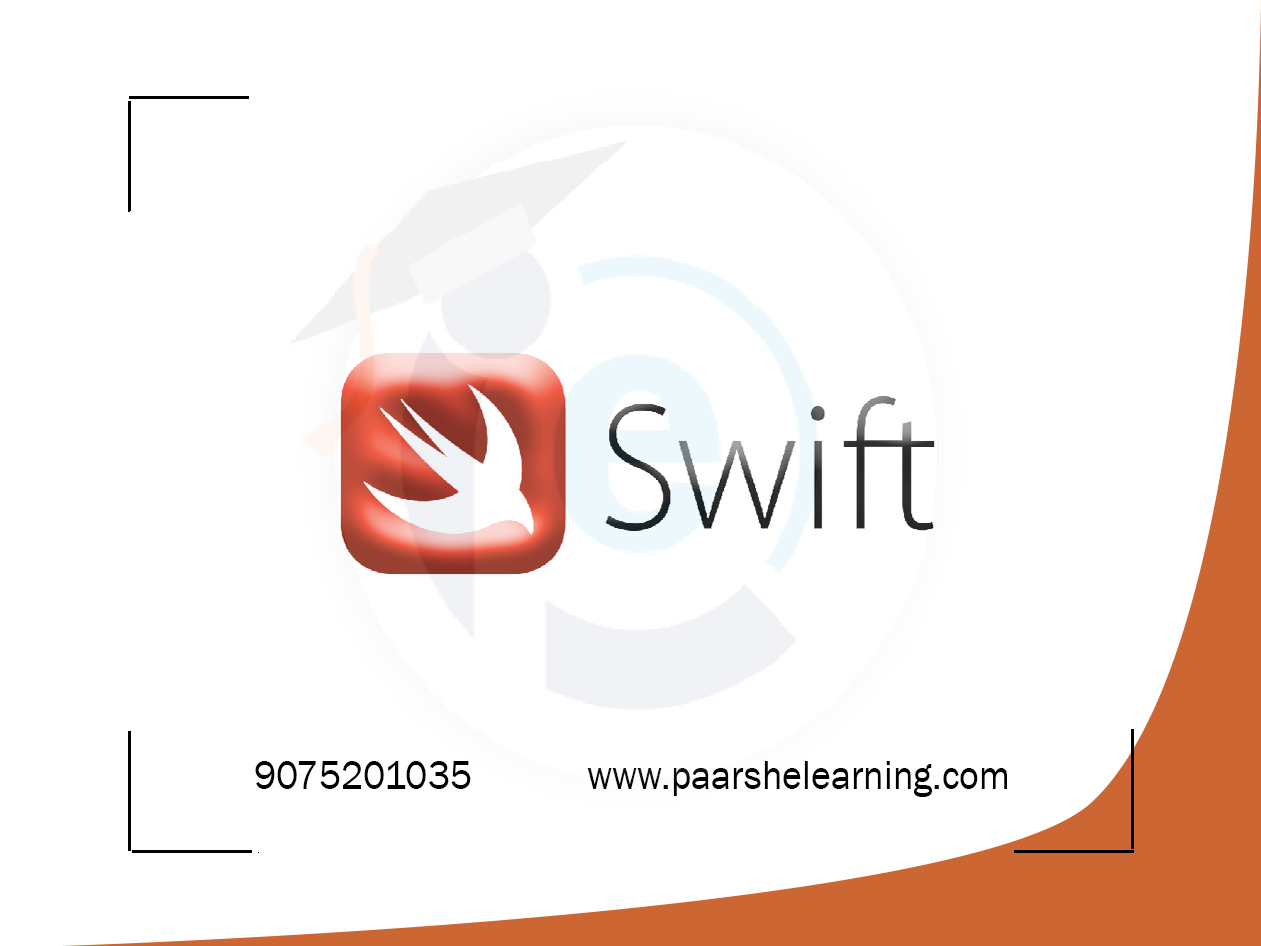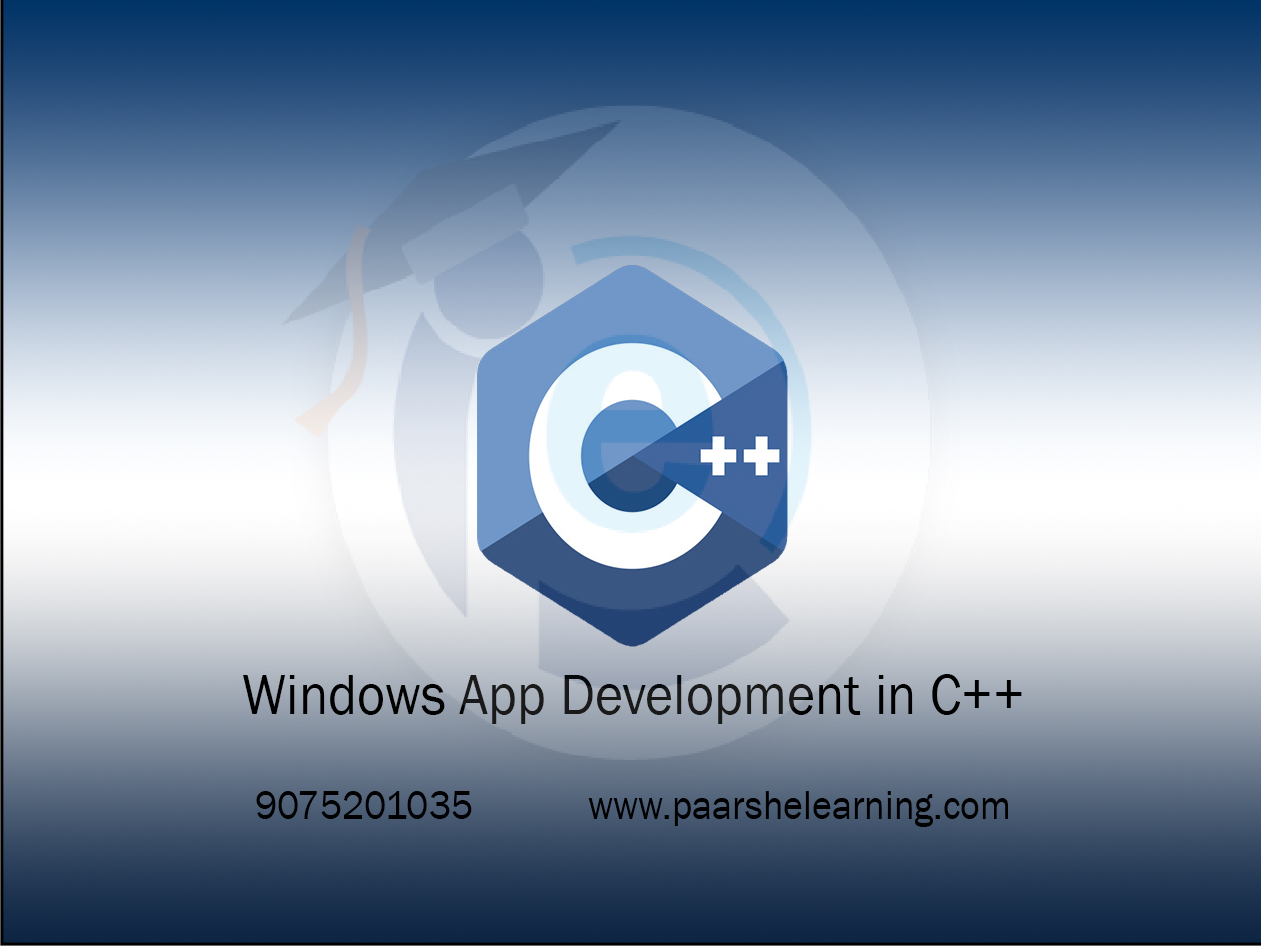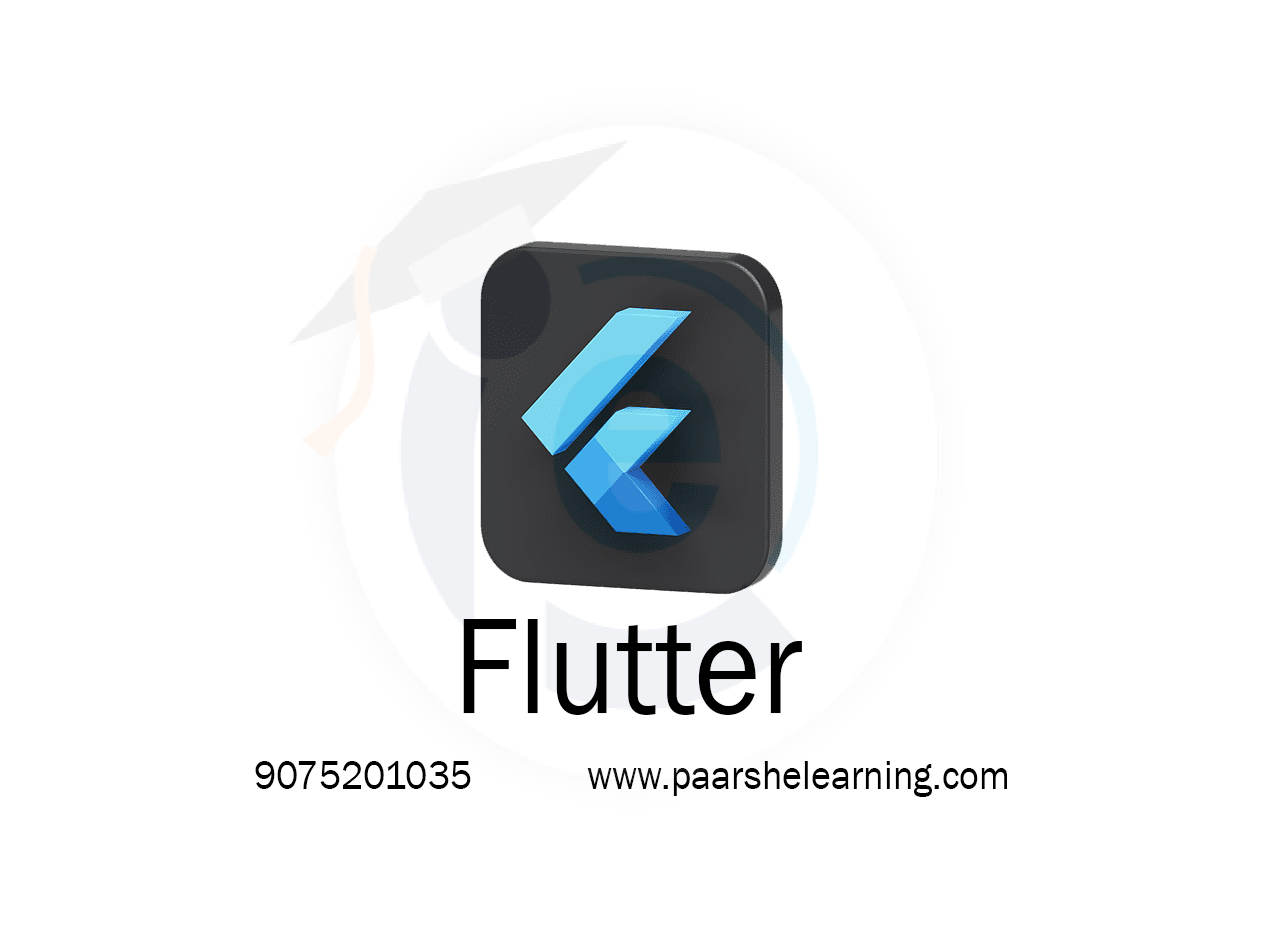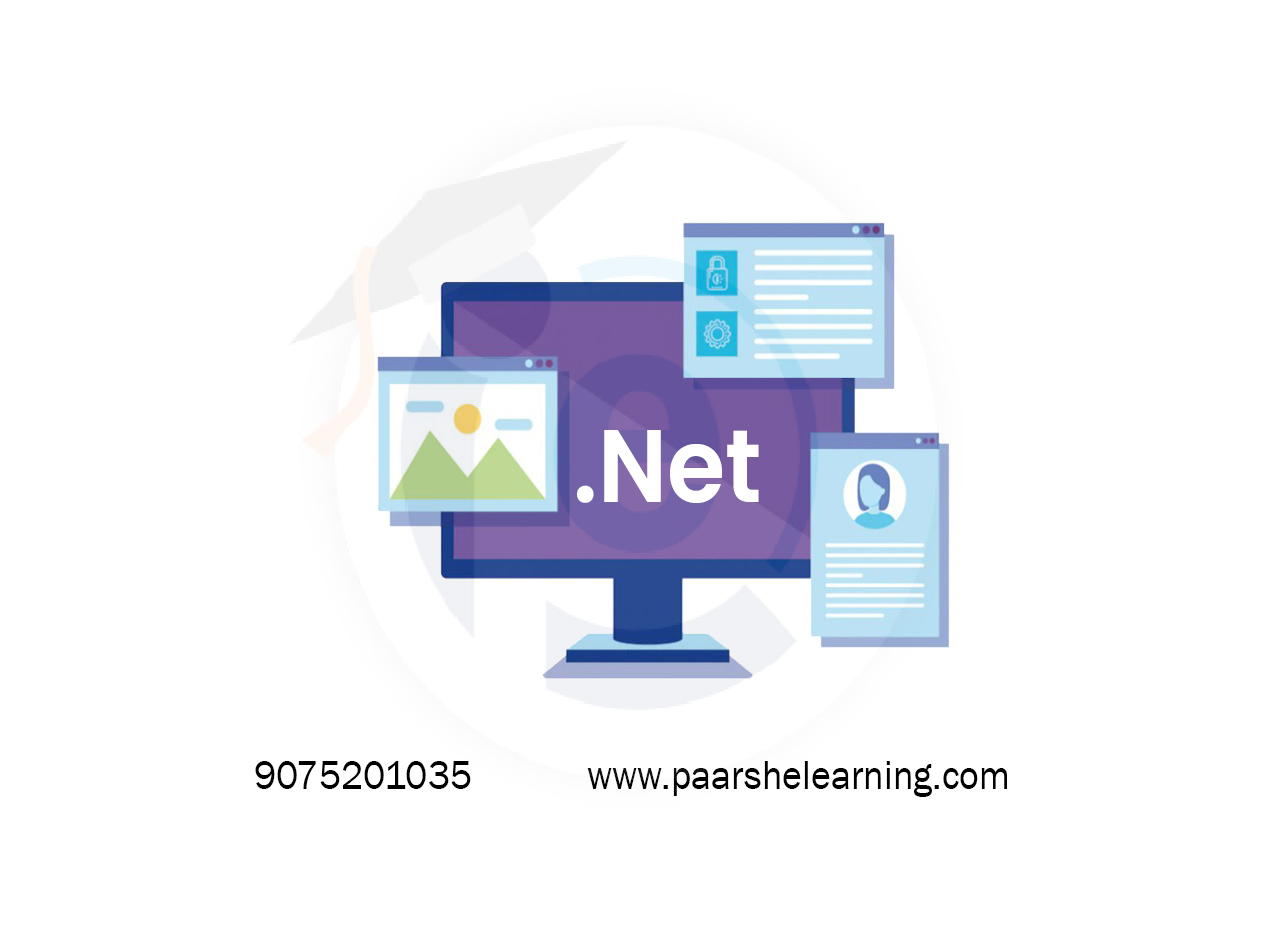- You will create a portfolio of 15 apps to be able apply for junior developer jobs at a technology company
- You will learn Xcode, UIKit and SwiftUI, ARKit, CoreML and CoreData.
- You will learn by doing, where every lesson is incorporated into a real-world app project.
- After the course, you will be able to build any app you want.
- Become a digital nomad by working as a freelance iOS developer
- Master creating Augmented Reality apps using Apple’s new ARKit
- Create apps that use Machine Learning using Apple’s new CoreML
- Master app design so you'll know how to wireframe, mockup and prototype your app idea
- Master app marketing so you can publish your apps and generate downloads
Swift
Course description
Swift is a powerful and modern programming language developed by Apple. While Swift was initially introduced for iOS, macOS, watchOS, and tvOS app development, it can also be used to build desktop applications. With Swift, developers can create native desktop applications for macOS, as well as cross-platform applications using frameworks like SwiftUI and AppKit. Here are some key points about using Swift for desktop application development:
-
Native Development: Swift allows developers to build native desktop applications for macOS, leveraging the full power and capabilities of the macOS operating system. It provides access to the macOS frameworks, APIs, and features, enabling developers to create applications that integrate seamlessly with the macOS ecosystem.
-
Xcode IDE: Xcode, Apple's integrated development environment (IDE), provides robust support for Swift development. It offers a wide range of tools, such as code editors, debugging tools, interface builders, and a simulator for testing and running applications during development.
-
SwiftUI: SwiftUI is a modern framework for building user interfaces in Swift. It offers a declarative syntax, making it easier and more intuitive to create responsive and dynamic user interfaces for desktop applications. SwiftUI provides a unified API for building interfaces across all Apple platforms, including macOS, iOS, watchOS, and tvOS.
-
AppKit: AppKit is Apple's native framework for building macOS applications. It provides a rich set of UI controls, views, and APIs for creating desktop user interfaces with a high degree of customization. AppKit allows developers to take full advantage of macOS-specific features and functionality in their Swift desktop applications.
-
Cross-Platform Development: While Swift is primarily associated with macOS development, it is also possible to build cross-platform applications using Swift. With the SwiftUI framework, developers can create user interfaces that can adapt to multiple platforms, including macOS, iOS, watchOS, and tvOS. This enables code sharing and faster development cycles for applications targeting multiple Apple platforms.
-
Performance and Optimization: Swift is designed to be a fast and efficient programming language. It includes modern language features, such as type inference, memory safety, and optional chaining, that contribute to improved performance and reduced memory footprint. Swift also provides advanced optimization techniques, such as whole-module optimization and automatic memory management, to enhance application performance.
-
Swift Package Manager: Swift Package Manager is a command-line tool for managing dependencies in Swift projects. It simplifies the process of adding external libraries and frameworks to a Swift desktop application, making it easier to integrate third-party functionality into the project.
-
Swift Community: Swift has a growing and active community of developers who contribute to its growth and provide support. The Swift community has developed a wide range of open-source libraries, frameworks, and tools that can be used to enhance desktop application development in Swift.
-
App Store Distribution: With Swift, developers can distribute their desktop applications through the Mac App Store. The Mac App Store provides a centralized platform for users to discover, download, and update applications, making it easier to reach a wider audience with Swift desktop applications.
-
Continuous Improvement: Swift is a language that continues to evolve and improve over time. Apple regularly releases new versions of Swift with updates, enhancements, and new features. This ensures that Swift remains a modern and cutting-edge language for desktop application development.
While Swift for desktop application development is primarily focused on macOS, its cross-platform capabilities with SwiftUI make it a versatile choice for building applications that can run on multiple Apple platforms. With a strong emphasis on performance, a modern syntax, and a supportive development environment, Swift provides a compelling option for creating native and cross-platform desktop applications.
What you will learn from this course?
This course includes!
- Daily Live session
- A recorded session with problem-solving material
- Access on Mobile and TV
- Certificate of completion
- Recommendation Letter
- 100% Job Placement offer
This course is for
- If you are an absolute beginner to coding, then take this course.
- If you are a seasoned programmer, then take this course to to get up to speed quickly with Swift 5.1 and native app development. Start with the Xcode walkthrough lesson and we'll get you familiar with iOS development in no time!
- If you are switching from Objective-C to Swift then this is a fast-track way of doing it. You can get started straight away with the Intermediate Swift Language module.
- If you are a pro iOS developer and want to quickly get up to date with Apple's latest technology, then start with the modules on SwiftUI, ARKit and CoreML.
Prerequisites for this course
- No programming experience needed - I'll teach you everything you need to know
- A Mac computer running macOS 10.15 (Catalina) or a PC running macOS.
- No paid software required - all apps will be created in Xcode 11 (which is free to download)
- I'll walk you through, step-by-step how to get Xcode installed and set up
Swift Mac Syllabus
-
Introduction To Swift And Xcode
Understanding the role of Swift in app development Installing Xcode and setting up the development environment Basics of Swift syntax and data types Creating your first Swift program: "Hello World"
-
Variables, Constants, And Basic Operators
Declaring variables and constants Understanding data types: Int, Float, Double, String, Bool Using arithmetic and comparison operators Exploring compound assignment and logical operators
-
Control Flow And Conditional Statements
Using if, else if, and else statements Implementing switch statements for multi-case conditions Using loops: for-in, while, repeat-while Understanding control transfer statements: break, continue, return
-
Collections And Functions
Working with arrays and dictionaries Understanding options and handling nil values Creating and using functions in Swift Passing parameters and returning values from functions
-
Object-oriented Programming
Introduction to object-oriented programming (OOP) Creating classes and defining properties Implementing methods and initializers Understanding inheritance and polymorphism
-
Advanced Oop Concepts And Protocols
Implementing encapsulation and access control Exploring class vs. struct differences Using protocols to define interfaces Implementing protocol conformance and extensions
-
Error Handling And Debugging
Handling errors using do-catch blocks Understanding throwing and catching errors Debugging techniques and using breakpoints Using the Swift Playground for experimentation
-
Advanced Topics And Final Projects
Working with closures and higher-order functions Introduction to Asynchronous Programming and Grand Central Dispatch Exploring Swift Package Manager for dependency management Working on individual or group final projects
-
Paarsh E-Learning encourages hands-on practice and projects throughout the course to reinforce students' understanding of Swift concepts. Assigning practical assignments and projects will help students apply what they've learned. Make sure to cover both the theoretical foundations and practical implementation of Swift programming.



